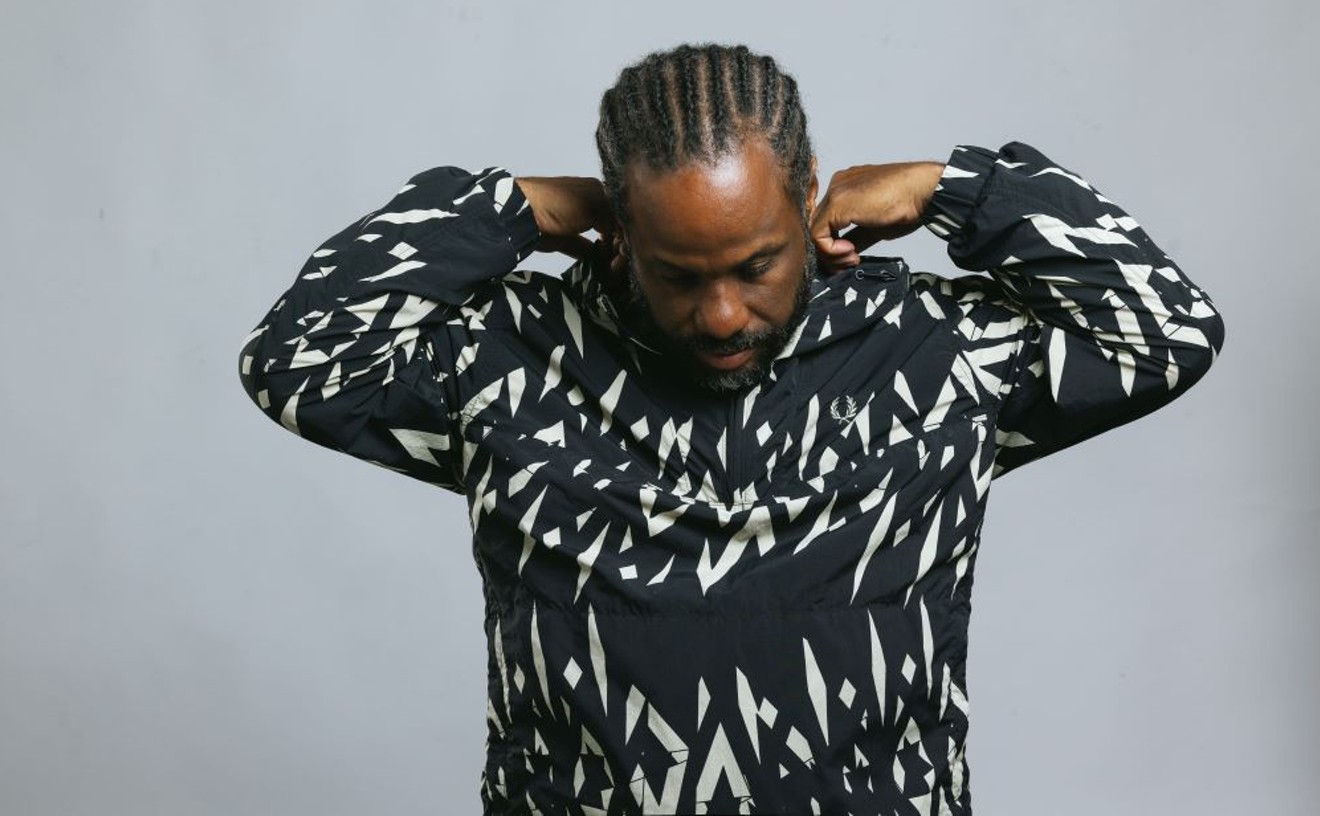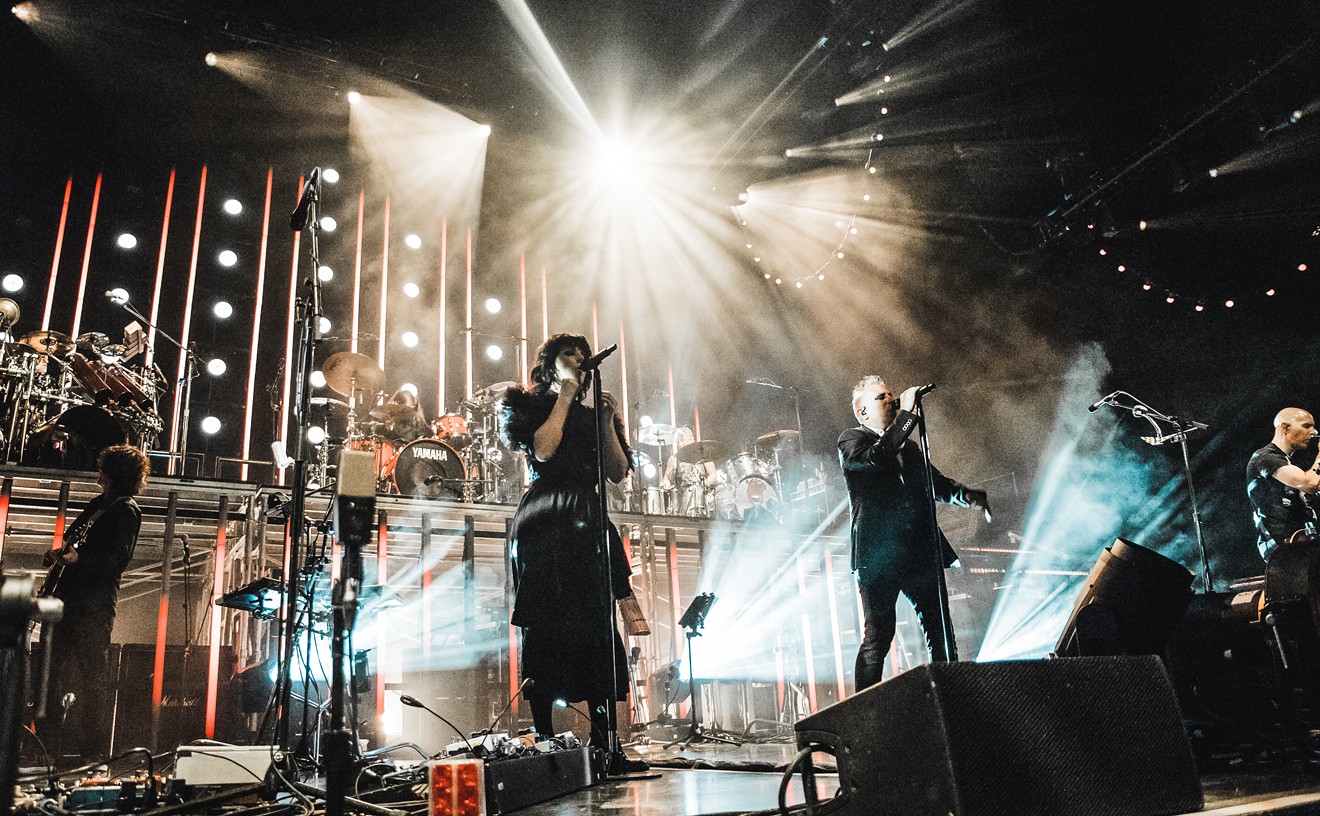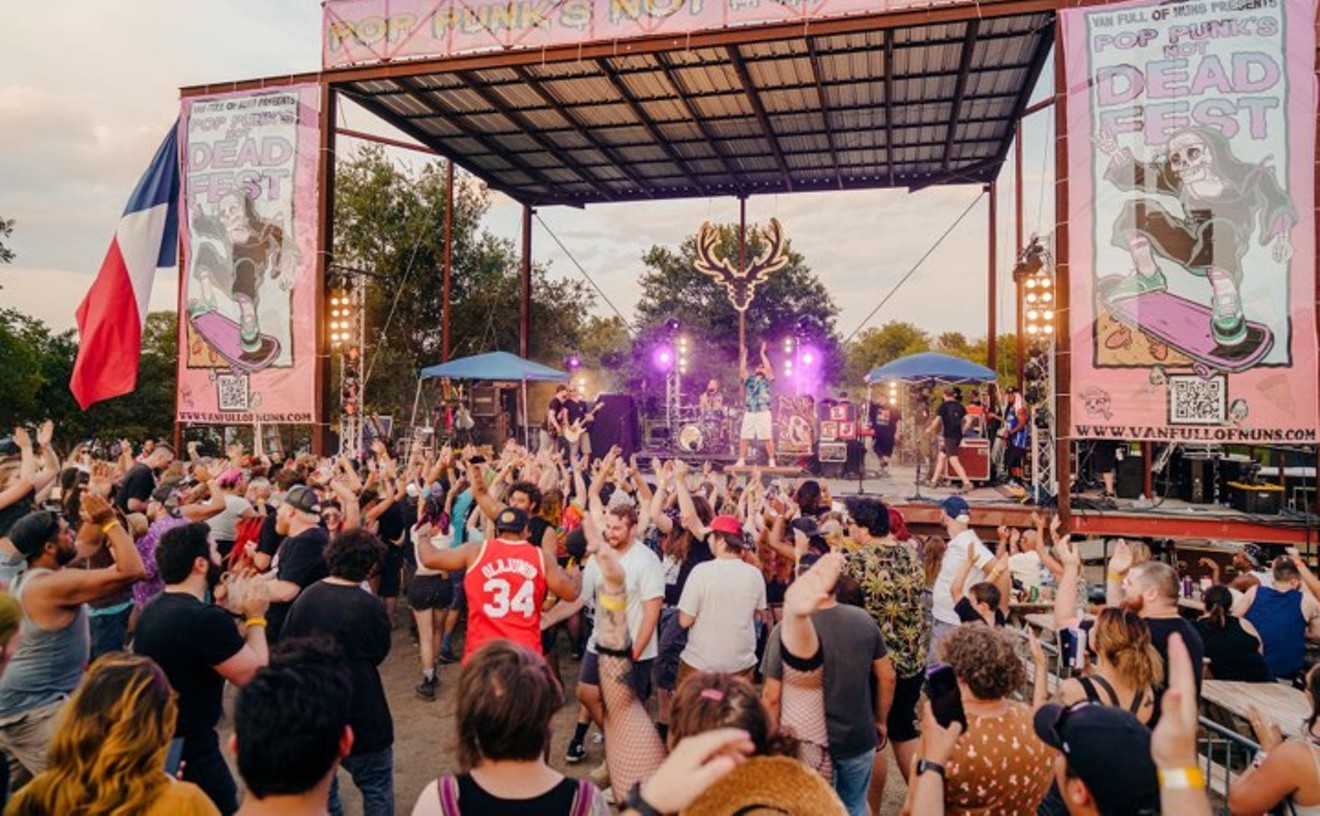Unless there’s a day off from work, most don’t give a damn about historical anniversaries. Nov. 9, 1989, saw the fall of the Berlin Wall. That date, exactly 30 years ago this month, spurred the reunification of East and West Germany and East and West Berlin.
Born Matthias Paul, the trance legend known as Paul van Dyk was a Berliner decades before the world flocked in squads to Kreuzberg for techno benders. He was born and raised in communist East Berlin in the German Democratic Republic. He was there for some of Berlin’s worst days and relishes its comeback.
Modern-day Berlin is “tolerant.” Whatever your imagination might concoct, it's probably happening somewhere on a dance floor in one of the capital city’s 24-hour nightclubs. The German government deserves props for subsidizing its nightclubs. The city leans heavily on tourism and embraces its permissive night culture. The world, particularly the electronic music world, loves Berlin, and its popularity is surging like a PVD bass line. Van Dyk’s hometown is full-on peaking.

The day the Berlin Wall was demolished was particularly meaningful to DJ Paul Van Dyk.
Justin Leighton, courtesy Germany Tourism
DJ-producers leverage their work in Berlin to boost their careers and fill touring schedules. Britain-born Scuba is Berghain nightclub certified. Hamburg native Matthias Meyer circles the globe as a Watergate nightclub delegate for “Watergate Showcases,” which offer a glimpse of the magic happening at the club overlooking the Spree River. For those who can’t get to Germany — Berlin will come to you. Matador, from Dublin, says his Berlin days were essential to his career. The Rüfüs Du Sol trio moved to the Friedrichshain neighborhood to record their second album, Bloom.
“I was the only one in the band that got into Berghain,” Rüfüs Du Sol drummer James Hunt told the Observer in July. “We’d go to the clubs, get inspired, go home and make music.”
That’s the burgeoning Berlin of today. Its full story, however, has a hideous beginning. Nazi mayhem lingered decades after Hitler’s death. The city's comeback started 30 years ago when its Inner German Border and Berlin Wall were demolished. The Berlin Wall encircled West Berlin, which created an "island of freedom." The Inner German Border that separated East and West Germany stretched 1,393 kilometers from the Baltic Sea in the north to Czechoslovakia in the south. West Berlin was 161 kilometers east of the Inner German Border, a dot of freedom surrounded by Soviet-backed repression.
More than 1,000 people died trying to escape from East Germany to the West. In 1962, about a year after the Berlin Wall was raised, Helmut Kulbeik and Peter Fechter took their chances. They jumped from a building into "the death strip," an East German-monitored area. They ran for a wall near Kreuzberg. Both attempted to climb a fence more than 2 meters tall and topped with barbed wire. Kulbeik was successful. Hanging to the fence, Fechter was shot in the pelvis by East German guards and fell to the ground. He begged for help for more than an hour. His initial screams became murmurs and then silence. A crowd of a few hundred West Berliners watched Fechter bleed to death. Eventually East German soldiers scooped his lifeless body and carried him away.
To make matters worse, Germany’s two walls, the Inner German Border and Berlin Wall, intensified through the years. East Germany added 14-centimeter spikes that would pierce through a shoe into a foot. Mines, auto-firing guns and killer dogs were also added.“I don’t have too many things from my childhood like photos or other memories because a warm jacket was more important. We had to leave. I think [my mother] knew that for political reasons I would end up in jail.” — Paul Van Dyk
tweet this
Others we met in Germany, like East Berliner Peter Barsch, were not deterred by the wall. He recalls the time when a friend approached with an escape idea. She was pregnant by a West Berliner and wanted to flee. Her idea was to jump in the Spree with fins, snorkel and mask on a foggy night and swim 1.6 kilometers up the river and cross to West Berlin.
“My friend was a very good swimmer. She was going to school to train for swimming, but then she refused to take the vitamins they were giving the athletes, so they kicked her out. Perhaps she didn’t want to grow a mustache,” Barsch says with a laugh.
Barsch and friend waited for a rainy, foggy night. When they got into the Spree the cold water felt like piercing swords. Barsch chuckles again recalling the sound of his friend’s chattering teeth.
“I was kind of mad at her because her teeth were rattling and making too much noise, but it was so cold and of course she was expecting a child so I understood,” he adds.
If noticed in the river, they would have been shot. The water was murky and neither could see anything. The masks and snorkels were pointless and were left behind. They swam with their heads above water like rats. A stronger swimmer, she led the way toward a parked East German boat. As they quietly approached the boat, its engine fired and lights beamed.
“I continued to swim, but assumed we were caught. In my mind I gave up, but then the boat drove away without noticing us at all,” Barsch says.
The East Germans landed near Kreuzberg and climbed out of the river. Barsch knew the escape was successful when he saw a Mercedes-Benz near the shore. There are no Mercedes in East Berlin.
Today, Paul van Dyk’s Vandit Records headquarters sits on the west bank of the Spree River, not far from where Barsch and friend escaped. Thirty-one years ago, his office would have been in the American-occupied zone of West Berlin. Inside, turntables, headphones, records and CDs are scattered about. His office walls are garnished with DJ awards and album sales plaques. At one point in our conversation, Van Dyk stands, walks to the window and points across the Spree to a gray building where his school was. He motions to his childhood home, not far from the same spot. His dad left when van Dyk was about 5, and he was raised by his mom.
Van Dyk describes his mother as a “functional artist.” She wasn’t the type of architect who designed the entire building, but rather the smaller things inside. But she encouraged curiosity in her son. East Germany’s secret police, the Stasi, didn’t appreciate his inquisitive ways. Van Dyk learned years after the fall of the Berlin Wall that the Stasi were keeping tabs on him.
“I had two teachers in grade school that always looked after me, they helped me get through those times," Van Dyk says. "Years later after the wall was down, one of those teachers shared with me that the Stasi felt that my mother and I were incorrect socialists.”
School was a problem for the curious lad. He wasn't a bad student but struggled particularly with curriculum that focused on East German pride, which reeked of disgust for everything in the West. Van Dyk had family living happily in the West, and the young DJ took it upon himself to prepare a comparative analysis of East and West for his class.
“I occasionally spoke with grandparents, aunts and uncles in West Germany, they seemed happy. ... Looking back, this was very risky and stupid, but it seemed like the right thing to do,” Van Dyk says. “I asked my grandmother to go to the supermarket and write down the cost of milk, butter, bread and cold cuts, the basics, also the average rent and average salary. Then I did the same for East Germany. In class I didn’t try to sell my opinion or anything, but I created a chart with the numbers which showed a 1-to-8 ratio — better in the West.”
Van Dyk was suspended from school for two days. He later started hanging out at underground clubs where they played The Smiths and Depeche Mode. These weren’t nightclubs like in the West, but little basements — underground in the purest sense. There were the regulars who came out. Sometimes, someone wouldn’t show up anymore.
A mother’s intuition is keen. It was time to get the hell out of town. In 1987, when Van Dyk was 15, his mom submitted the Antrag zur ständigen Ausreise aus der DDR, the application for permanent departure from the German Democratic Republic. Two years later in early November 1989, a week before the fall of the Berlin Wall, Van Dyk and his mother left East Berlin with one suitcase each, as refugees.
“I don’t have too many things from my childhood like photos or other memories because a warm jacket was more important,” he adds. “We had to leave. I think [my mother] knew that for political reasons I would end up in jail.”
If chaos is good for art, then Berlin was a real-life big bang theory, an explosion of epic proportions. Within a few years, electronic music club culture exploded, Germany reunified and its people came together.
Freedom is often taken for granted, but not for the Vandit Records label boss. He revels in the ability to create his idea of quality music — the sounds he hears in his head. He presented his first album, 45 RPM, in December 1994, just five years after Germany’s reunification.
“For An Angel,” an all-time classic along with quality tunes such as “Emergency” and “A Magical Moment” are on that debut imprint. Other anthems followed, such as "We Are Alive," "Nothing But You" and the beloved "Another Way." Twenty-plus years later, Van Dyk released From Then On in 2017 and Music Rescues Me in 2018, his seventh and eighth full-length trance albums. These two were released after a near-death accident in 2016 when he fell off the stage during a gig. Van Dyk is an unfathomable producer of quality music with an immunity to rest. His Dallas show at Stereo Live on Saturday, Nov. 23, is the ninth stop on a 12-show North American tour.
Dance music fans are typically proud of their origins. Their initial club experiences are sacred. It’s hard to imagine a scenario more special than recently liberated Germans coming together on dance floors in late 1989.












